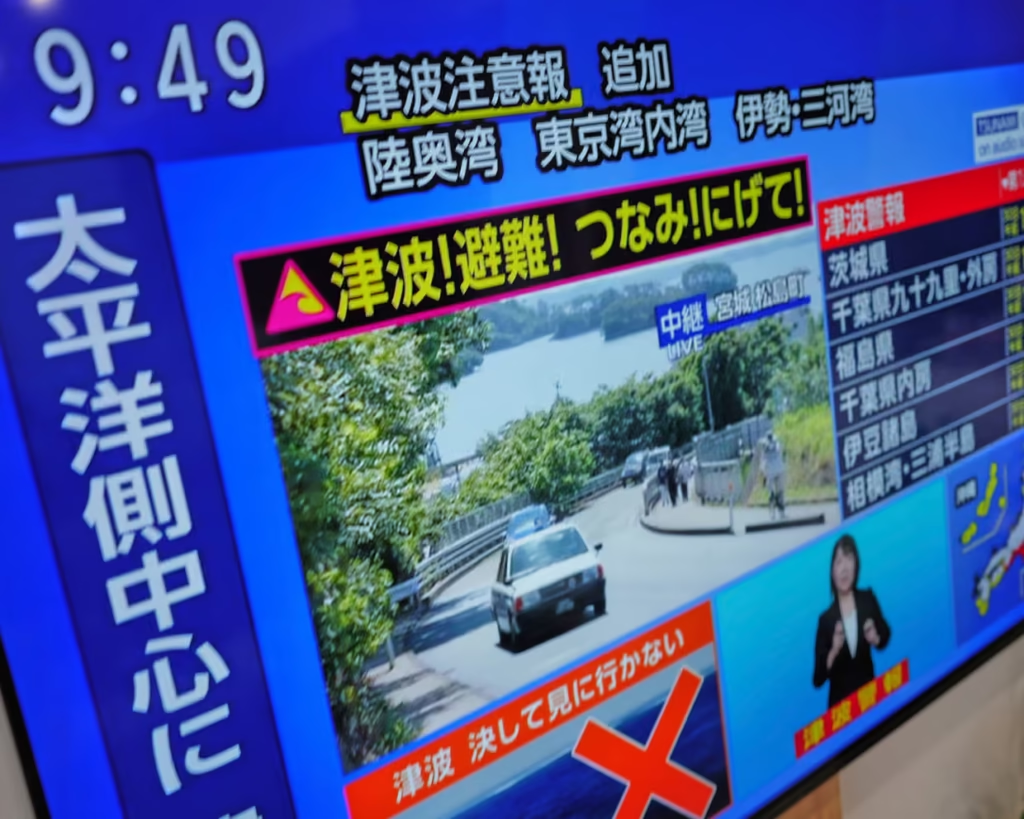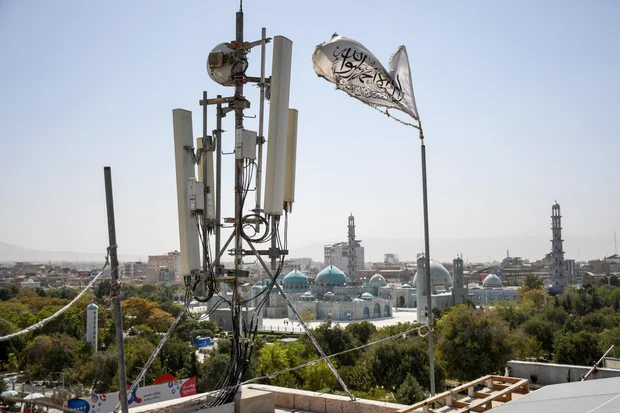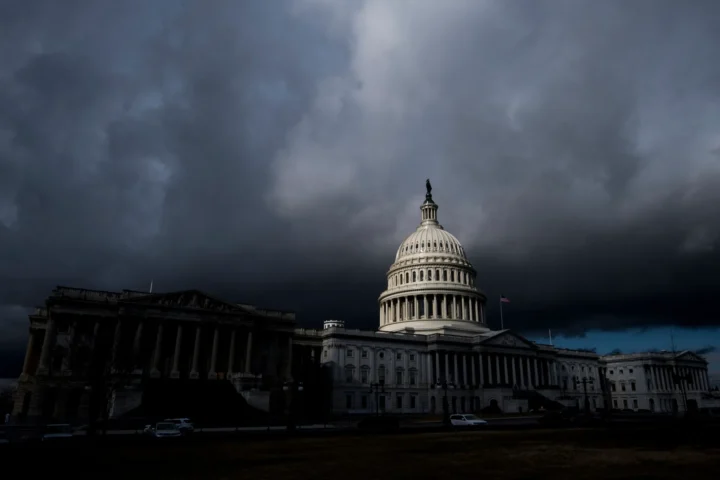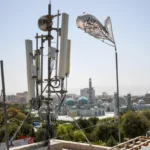July 30, 2025 — A powerful magnitude 8.8 earthquake struck off Russia’s Kamchatka Peninsula, just over 126 km southeast of Petropavlovsk‑Kamchatsky at a shallow depth of about 19 km—making it the strongest quake in the region since 1952. Hours later, Klyuchevskoy volcano erupted, casting lava down its western slope and igniting the night sky.

Shaking the Ground
Seismic intensity generated 4–5 m tsunami waves that inundated Severo‑Kurilsk, damaging coastal infrastructure and flooding the port. Due to efficient early warning systems, all 2,000 residents were evacuated in advance—resulting in zero fatalities, though some injuries occurred.
Across the Pacific, tsunami warnings spanned Japan, Hawaii, French Polynesia, Chile, Ecuador, and the U.S. West Coast. Japan evacuated nearly 2 million people, including workers at the Fukushima nuclear facility, while Hawaii recorded waves up to 1.7 m. Nearly all alerts were downgraded as wave surges remained modest. One evacuation-related death was reported in Japan when a woman’s car veered off a cliff.
Volcano Erupts Hours Later
The Russian Academy of Sciences’ United Geophysical Service confirmed that Klyuchevskoy volcano erupted in the quake’s aftermath. Officials described burning lava descending the western slope, a bright glow over the crater, and explosive activity.
At nearly 4,750 m, Klyuchevskoy is the tallest active volcano in Eurasia, known for frequent eruptions. Its sudden eruption, just after the quake, aligns with geological understanding of how seismic shifts can disturb magma systems.
On the Ground
- Casualties: None linked to the eruption. Reported injuries were minor. The only death in Japan occurred during evacuation panic.
- Damage: Severo‑Kurilsk saw submerged docks and flooded homes. Japan and Hawaii reported minimal coastal damage.
- Evacuations: Entire towns in Russia, hundreds of thousands in Japan, and residents across Pacific islands were urged inland.
- Aviation: Ash plumes were detected, but no major flight disruptions yet. Satellites and local monitoring remain active.
Why It Matters
This region lies on the Pacific Ring of Fire, where tectonic stress often leads to both earthquakes and volcanic eruptions. In this case, seismic activity—including aftershocks up to magnitude 6.1—appeared to trigger volcanic unrest. This sequence highlights how interconnected seismic and magmatic systems can be.










